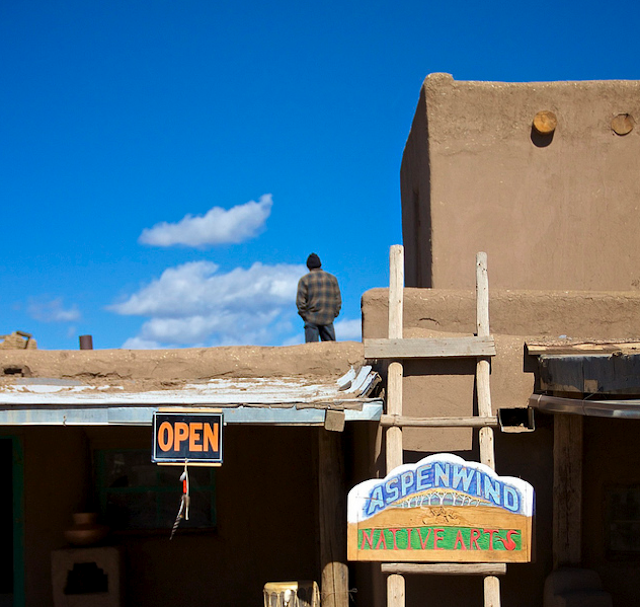On the 4th of July, we skipped celebrations and began our journey, very keen to escape the heatwave that has been plaguing Denver. We really didn't expect the heat to be so full on - we have never been so glad to have air conditioning. Even so the children and I prefer to sleep in the guest bedroom in the basement because it is really the only cool place during the night.
Not only due to the heat, but also the many terrible fires that are not only burning in Colorado but many other states in the US we thought it best to change our route. So day one was a seven hour drive with rest stops through beautiful landscapes to arrive at Lightening Creek Camping Ground just outside Durango.
Max was very excited and is proving to be an excellent camper assisting his Dad in erecting our new tent.
After a lovely cool night we were ready for day 2 - a visit to the Mesa Verde. We purchased tickets for two different tours, The Balcony House and The Cliff Palace. We were warned that both hikes were physically demanding and also involved climbing a 32 foot ladder and climbing rock faces with the aid of chains. Because I have a fear of heights I was a little nervous, but I had time to collect myself during our picnic lunch. The photo of Garry was taken about twenty feet from the picnic table - what a view!
After dragging Max and Yas away from their lizard hunting we met the ranger and listened to all the rules of the tour. Again she reinforced how very high the ladders were and that it was okay to quit and return to the start if it all became to much - she was not making me feel any better about what was ahead. The first ladder which is apparently a 32 foot climb up to the top of the Balcony entrance looked much higher in real life than it does in the photo. Garry, Max and Yas flew up the ladder without a care in the world while I counted each step, took deep breaths and refused to look down.
We then entered a small chamber and climbed a small ladder to arrive on the Balcony.
What an amazing view. I still can't begin to imagine why the Pueblo Indians decided to build their homes on cliff faces and wondered about the safety of small children. The photo above is the only area that has a safety wall. As the wall is 700 years old, I preferred not lean against it - it has been reinforced with concrete but I wasn't taking any chances.
Up the small ladder and through dark tunnel on hands and knees we arrived at the main living area with the Keva. Mesa Verde Balcony House, a “medium size” cliff dwelling, has 40 rooms. This particular archeological site illustrates how room and passageway construction evolved through time.
Yasemin and Max were not troubled by the heights and were having a great time.
I really enjoyed the tour, the ruins and views were breathtaking, Pueblo Indian life was also interesting but my legs were still shaking. To end the tour you needed to climb another series of ladders, and scale some rock face with the assistance of chains. I was keen to get back to safe ground asap.
Feeling fantastic at surviving, we had a quick ten minute break and we were ready to begin the Cliff Palace tour. It was great to have a view of the Palace from above at the start of the tour.
Even as it started to rain we were still keen to get down to the Palace.
Cliff Palace is the largest cliff dwelling at Mesa Verde National Park. It has 150 rooms, plus an additional 75 open areas. Twenty-one of the rooms are kivas, and 25 to 30 rooms have residential features. The number of Ancestral Puebloans living in Cliff Palace at any one time was 100 to 120.
We had an amazing day - what adventures will tomorrow hold?


























































